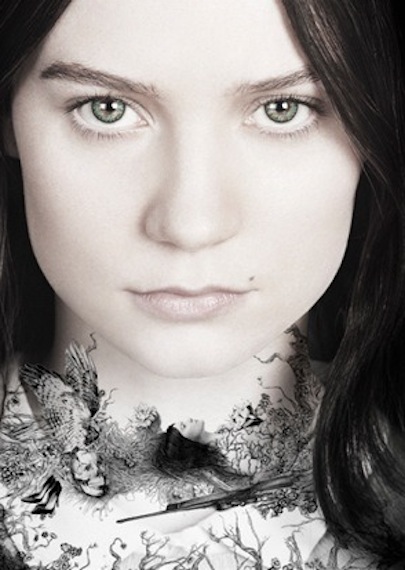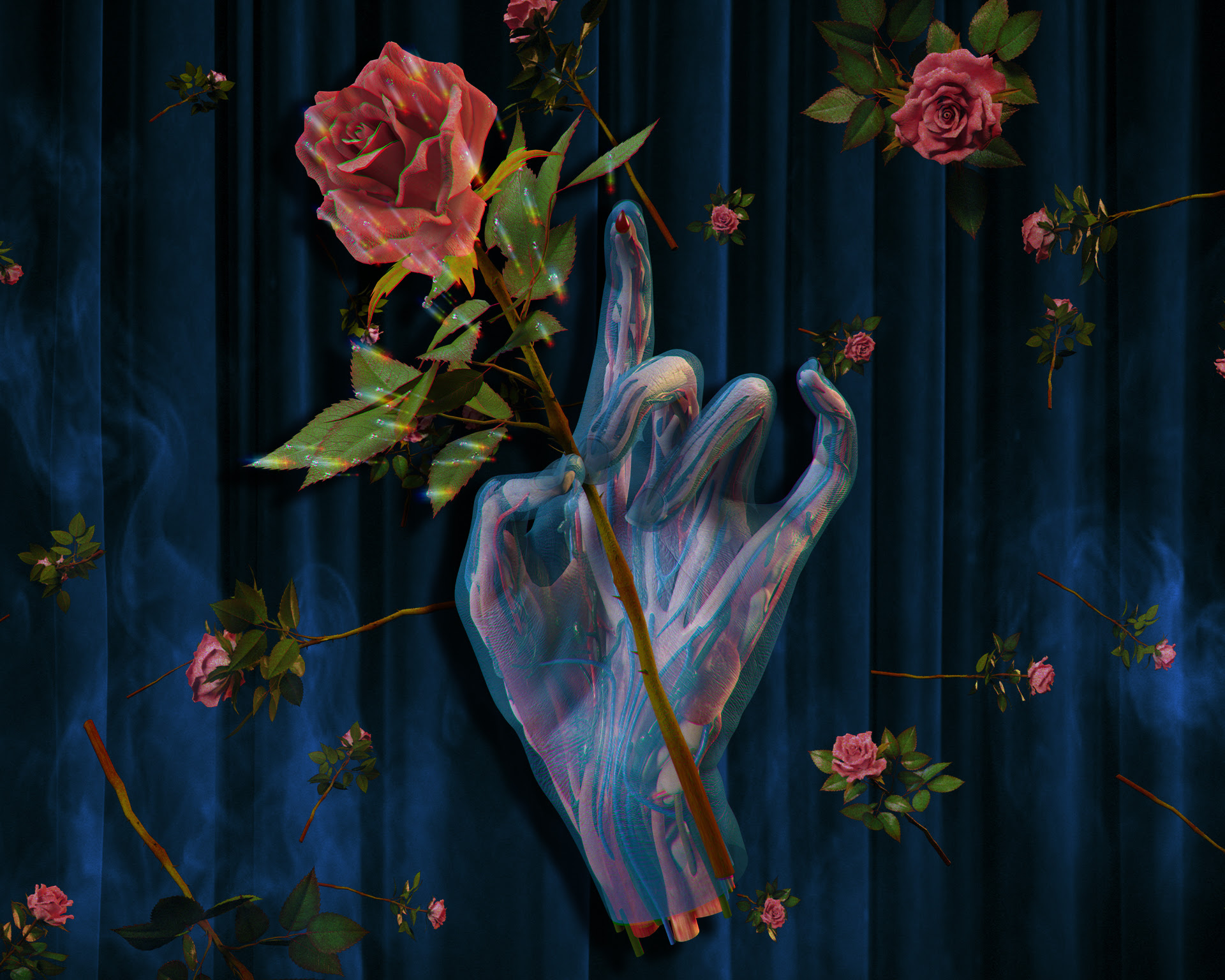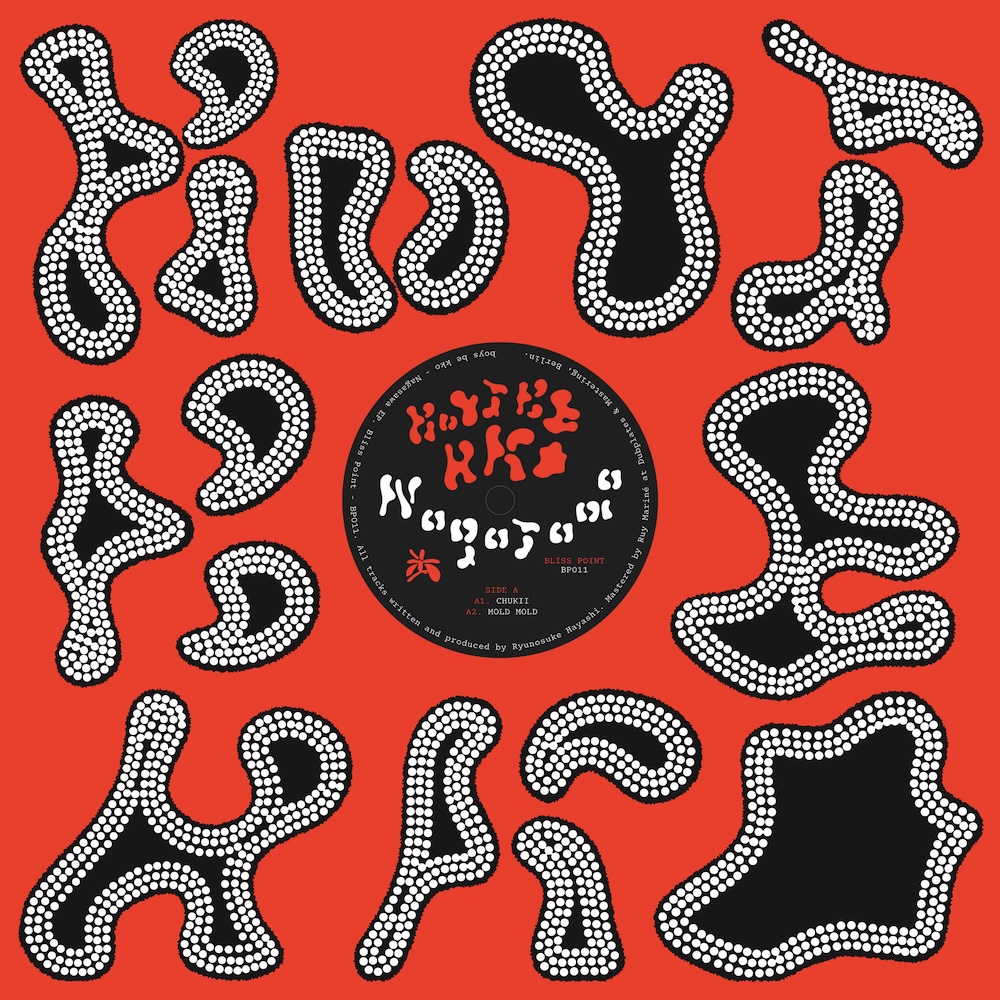stoker

Stoker is a confusing film. It isnt about vampires, its not even about trains. Its a story of a wealthy family, the Stokers, and their sensitive daughter India (Eva Wasikowska) and its clearly meant to be taking place somewhere in America, although the details are indistinct. Is this a big house in the Hamptons or the deep South? And is the film set in the mid-nineties or is the art direction is just very mid-nineties? And what in the name of God has Nicole Kidman done to her face?
It all becomes somewhat clearer when you realise that this is the latest from Chan-wook Park, director of the Oldboy. Produced under the auspices of Ridley and the late Tony Scott, and starring Kidman, Wasikowska and Matthew Goode, this is Parks first English-language feature. Which is to say that all the actors are Caucasian and the dialogue is in English – but in its sensibility it remains a thoroughly Korean movie. In fact, Wachowska, with her straight black hair and barely restrained adolescent sexuality, seems only a schoolgirls skirt away from Mi-do in Oldboy.
Like Oldboy this a revenge drama with a twist. On the day of her fathers funeral Indias uncle Charles reappears after years of absence and makes himself right at home. Hes received with open arms by his brothers widow Evelyn (Kidman), while India recognises him immediately as an ominous force. But then, you wouldnt have to be supernaturally sensitive to think that there was something weird about Uncle Charlie, particularly when his appearance is accompanied by a series of disappearances amongst the familys friends and relations, and he starts thinking its just a-ok to turn up at his nieces school every day to smirk knowingly at her from his convertible, mid-nineties model Jag.
Whereas Oldboy majored on dramatic sequences of violence Stoker attempts more of a psychological slow-burn. Only the psychology, like that of Oldboy, is operatic rather than real. In a film that looks Korean we might be prepared to accept this different cultural expectation around the rules of storytelling, but here it can seem merely incongruous.
Parks references are clunky. He wants us to know that hes seen Lolita, Shadow of a Doubt and Un Chien Andalou. He uses an abundance of those blue-green interiors and indoor succulents that David Lynch loves. Hes even got some of Bruce Naumans light sculptures in there. And theres something disarmingly nave about this, like hes really trying to make a western film, but it keeps coming out Korean. It gives the film a dreamlike quality, as though its all taking place inside Parks head, his references unconsciously shuffled and dealt almost at random.
Some sequences are literally surreal in their use of visual motif to render the unseen visible. Indias arousal becomes a spider crawling up her inner thigh, her mothers red hair, the wind gently blowing in the grass. Wachowska and Kidman both perform well, the latter through a leaden mask of botox, which actually adds to our sense of her characters vanity in a way that she cant have intended. Goode struggles, but who can blame him when his secondary task, to play an Asian man, is just impossible.
While the films finale is neither unexpected nor especially powerful, the overall experience is so downright curious that Park might have another cult classic on his hands. A Korean take on American gothic turns out to be almost exactly as weird as that sounds.
@notvoodoo


















Must Reads
David Holmes – Humanity As An Act Of Resistance in three chapters
As a nation, the Irish have always had a profound relationship with the people of Palestine
Rotterdam – A City which Bounces Back
The Dutch city is in a state of constant revival
Going Remote.
Home swapping as a lifestyle choice
Trending track
Vels d’Èter
Glass Isle
Shop NowDreaming
Timothy Clerkin
Shop Now